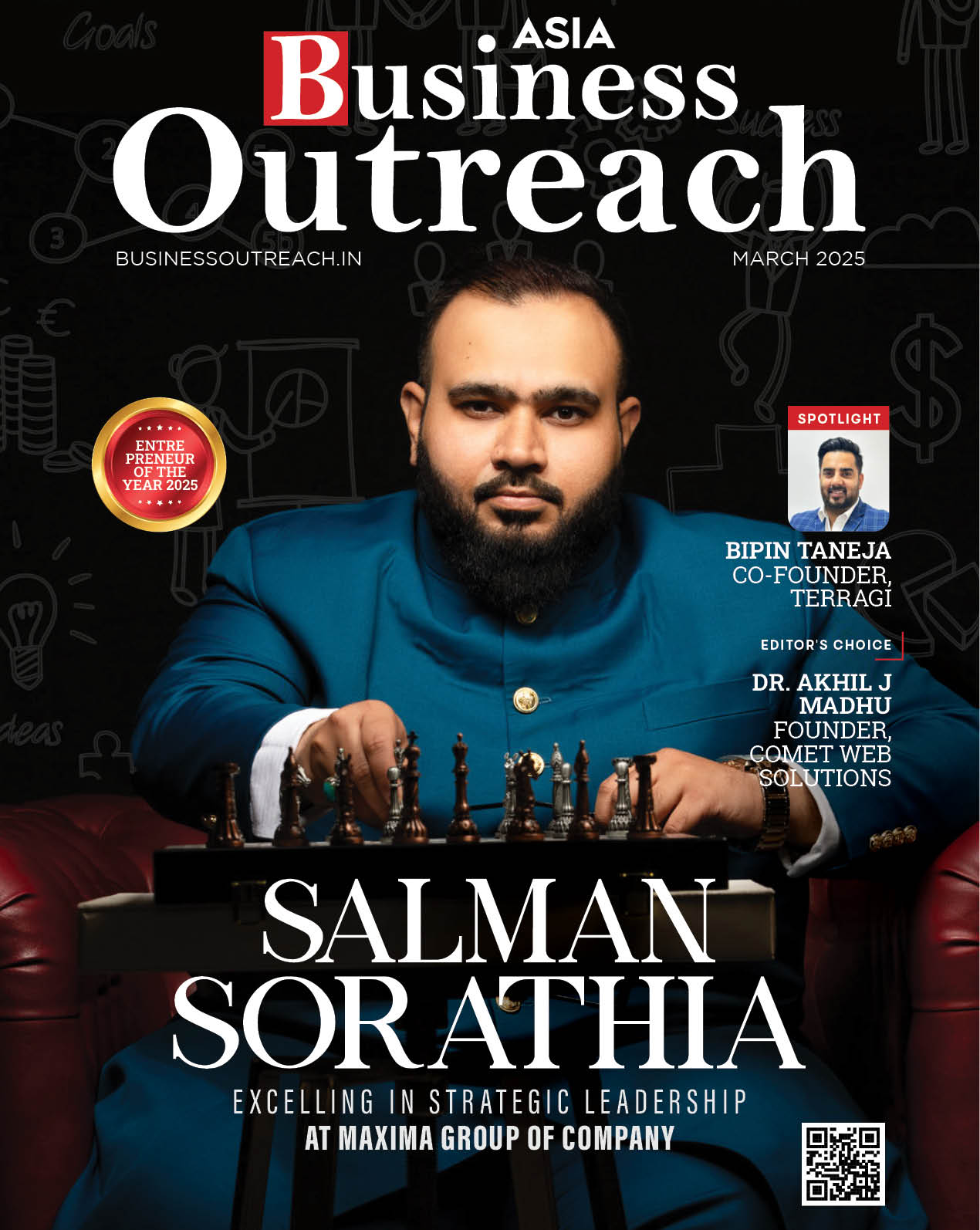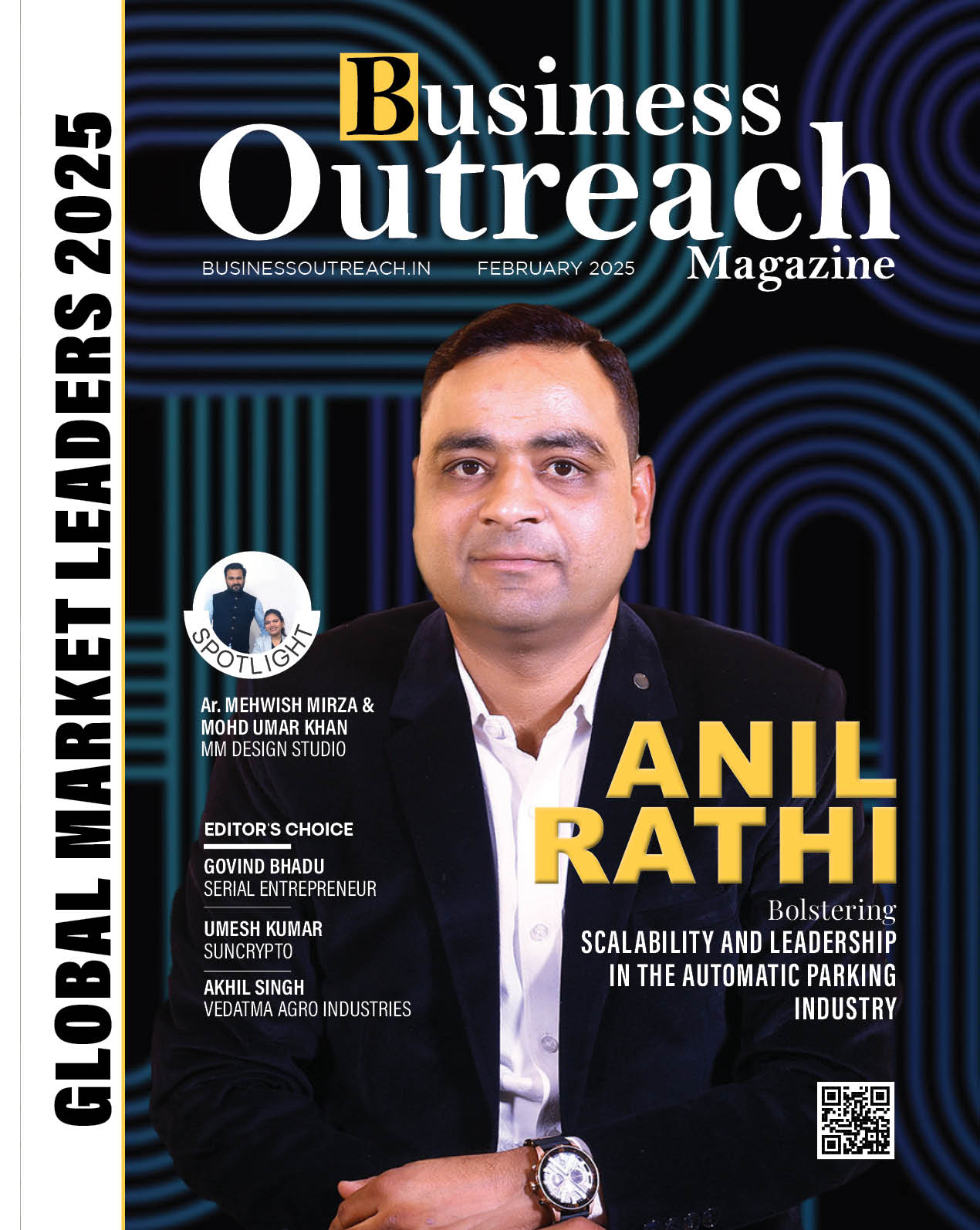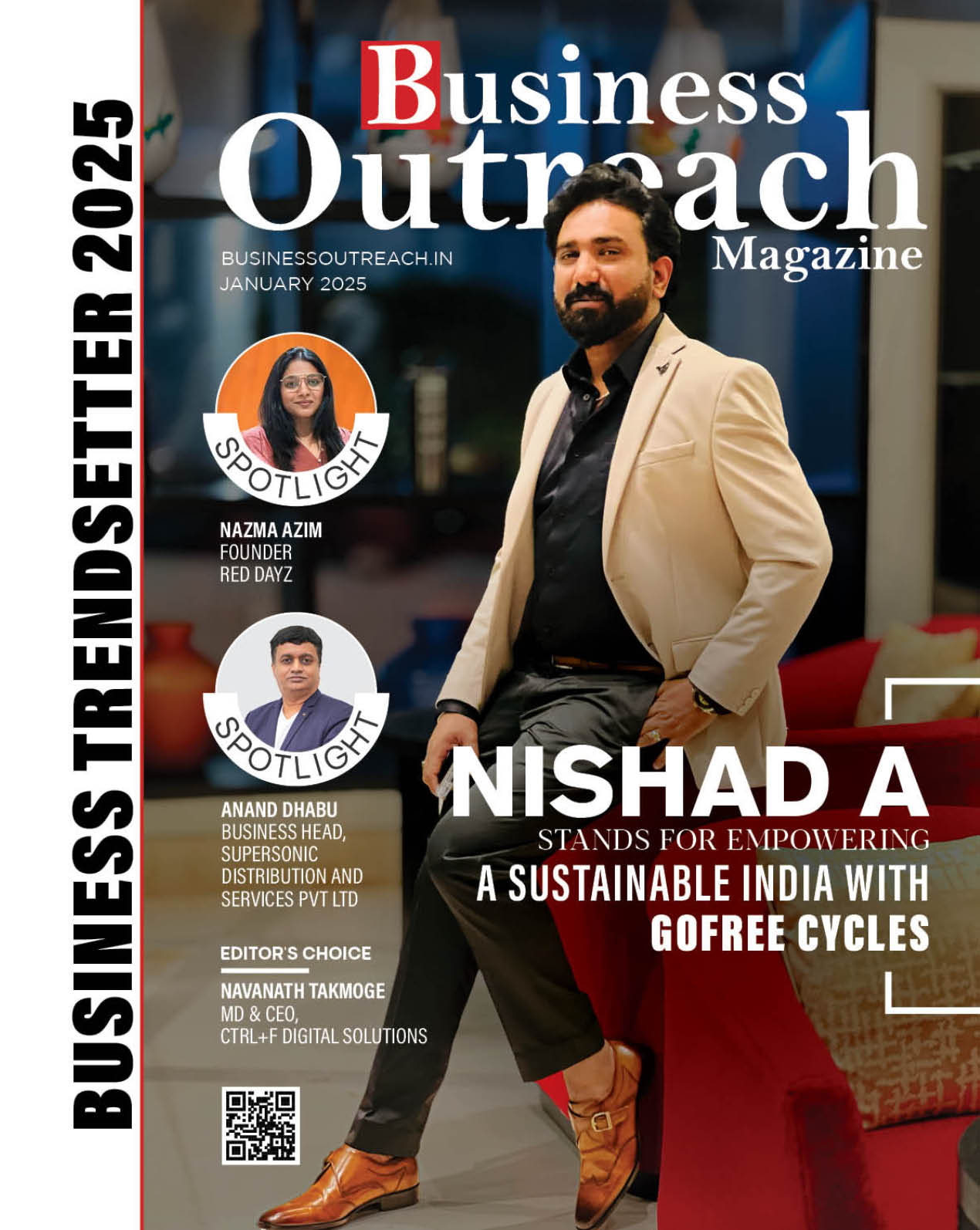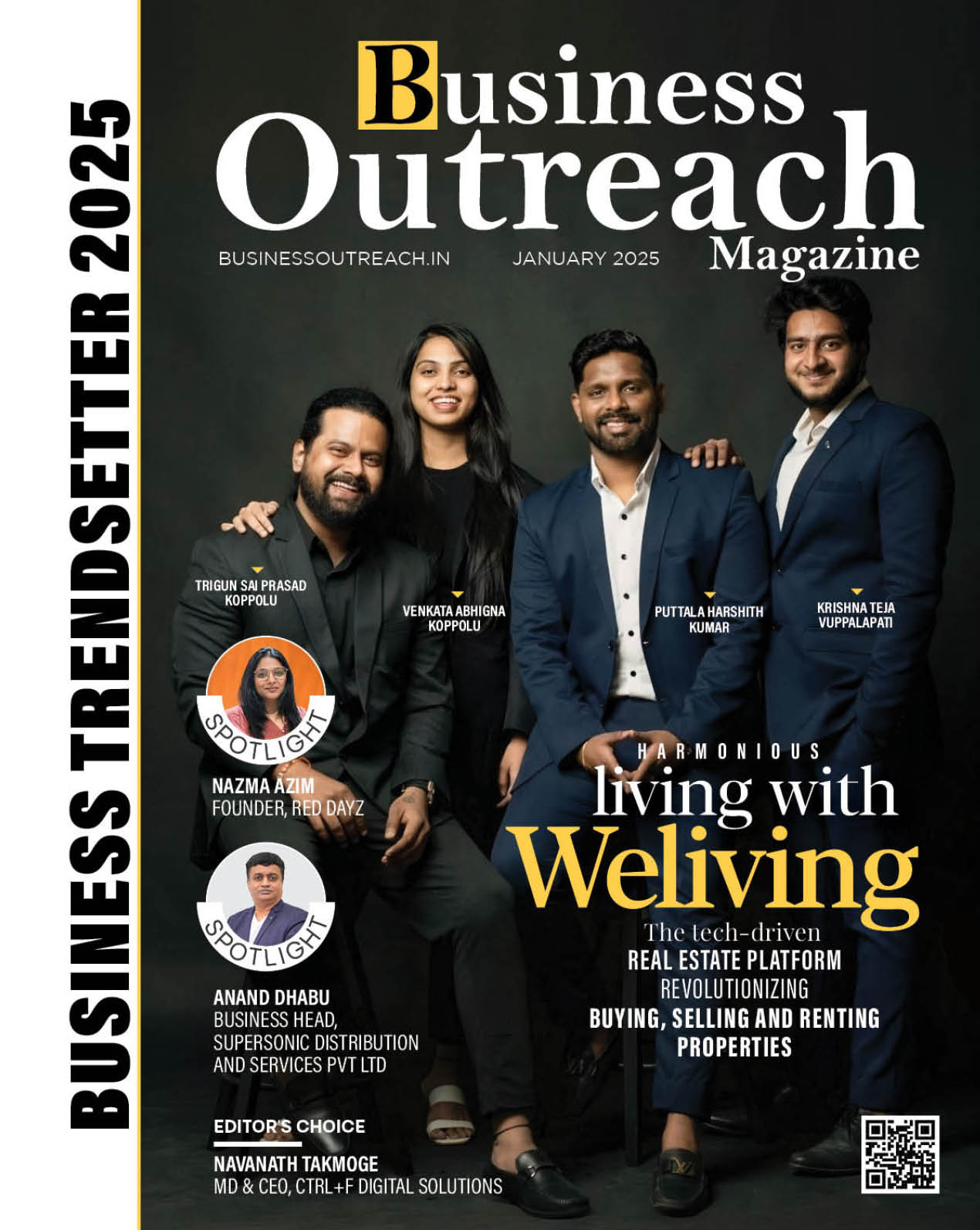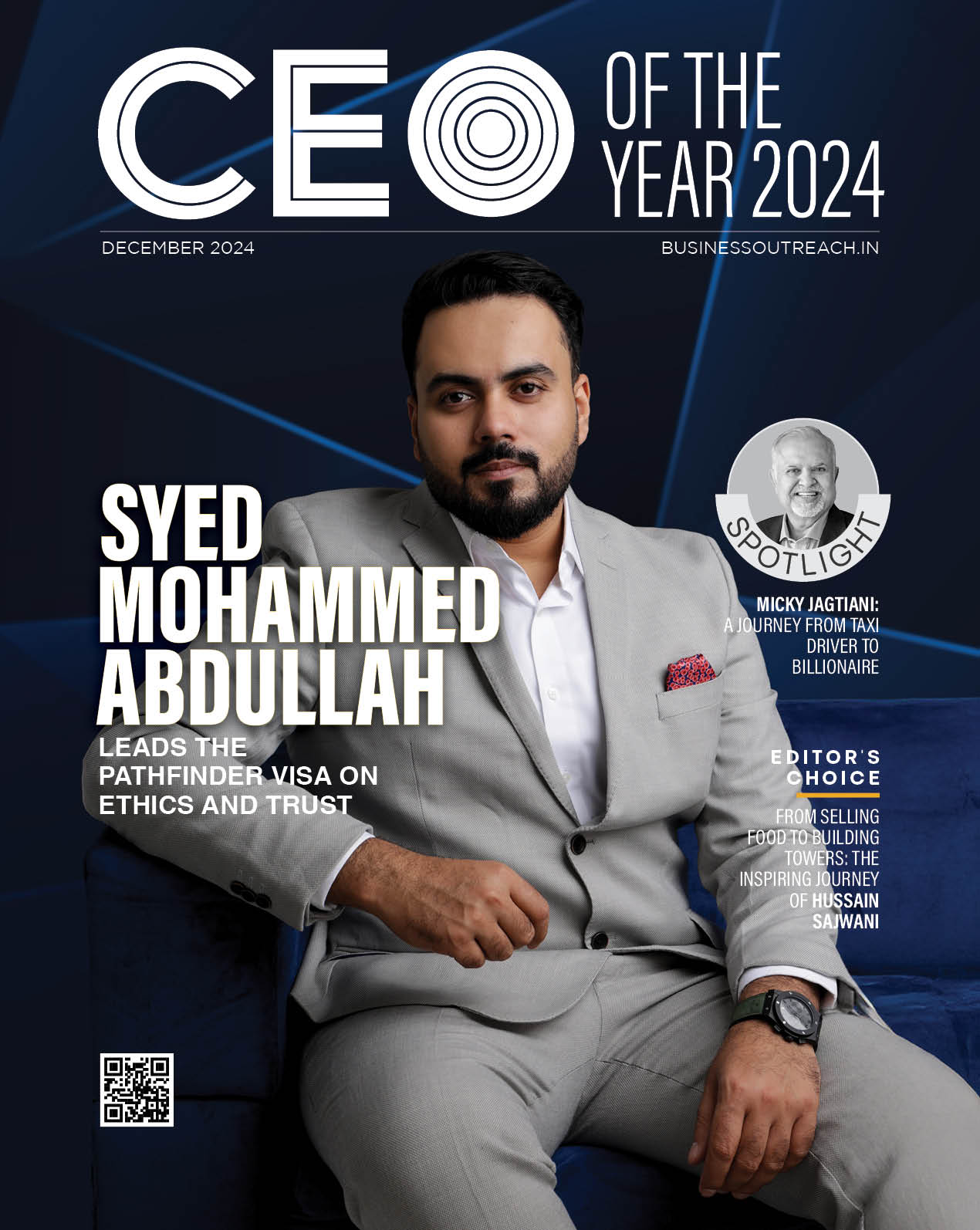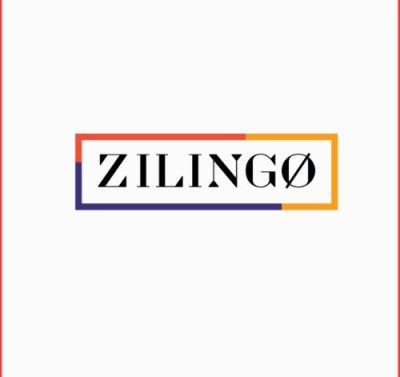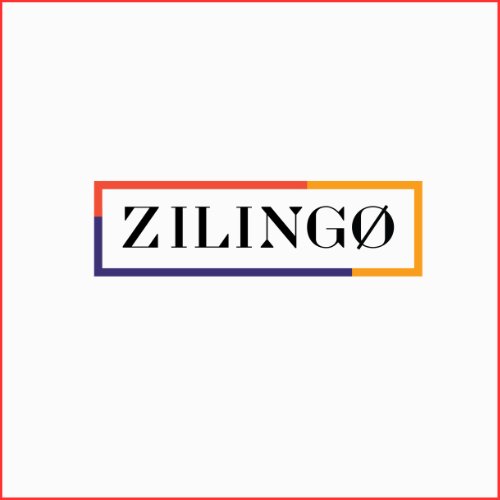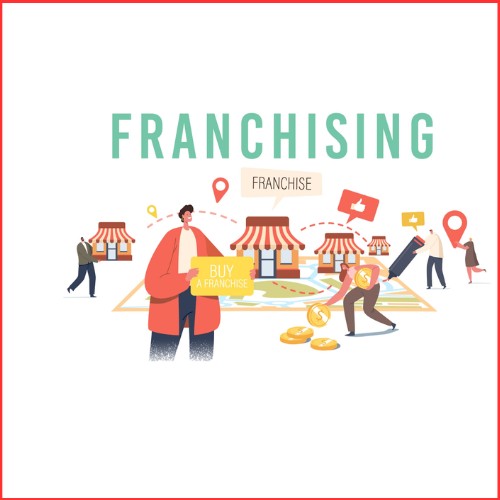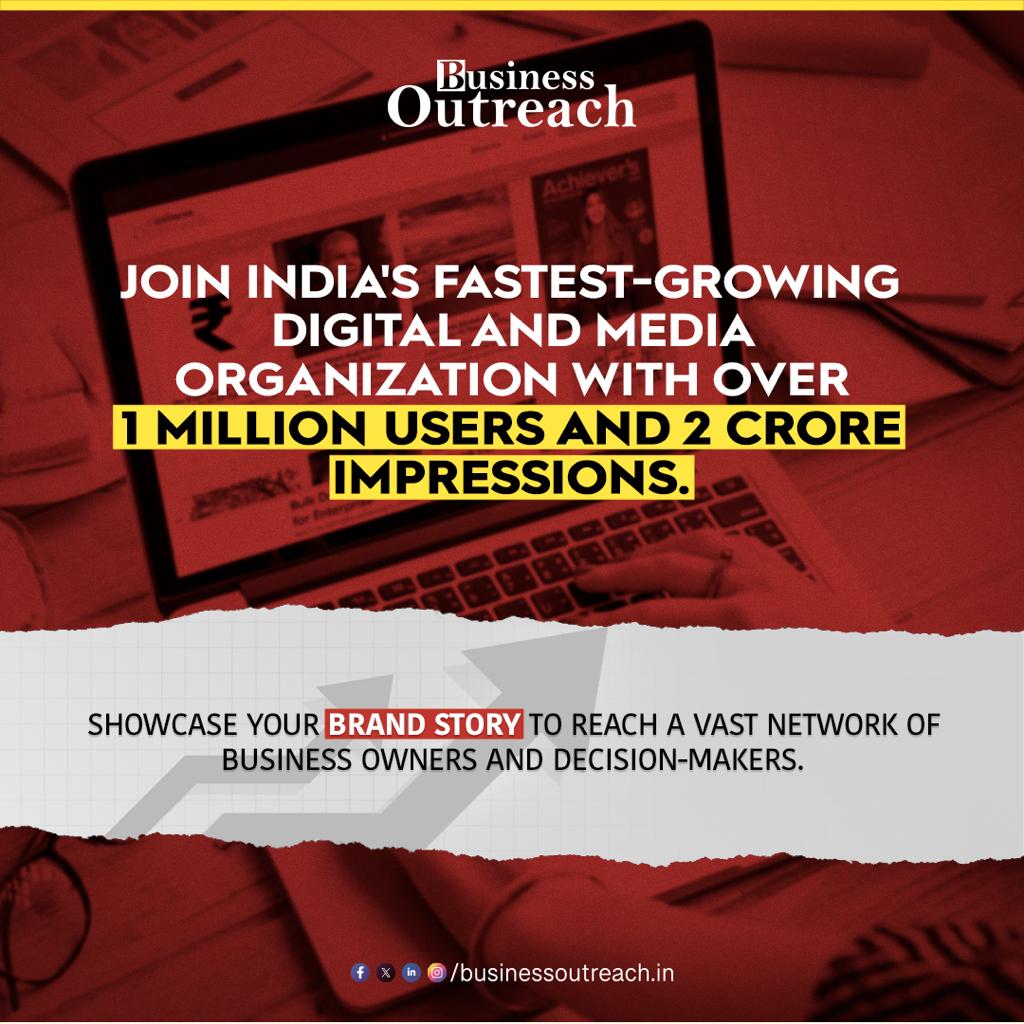Introduction
International fashion business is a multi-trillion-dollar industry with a dinosaur-sized system of consumers, producers, designers, and retailers. As large as it can be, the industry has long been plagued by inefficiency, opacity, and labour exploitation. Fashion supply chains have long been disintermediated, with numerous middlemen adding cost and inefficiency to small businesses that cannot gain visibility and funding in a highly competitive market.
Zilingo was a disruptor who used technology to build and democratize the fashion supply chain. By offering digital solutions, capital, and extensive distribution channels to small and medium fashion traders, Zilingo sought to empower such participants and enable them to disrupt market leaders. Unlike other e-commerce sites that were essentially malls, Zilingo had an integrated strategy that offered solutions to supply chain inefficiencies, capital, and data-driven decision-making.
Ankiti Bose and Dhruv Kapoor established the company in 2015 to develop a web portal enabling small-scale fashion suppliers to connect with foreign markets. This was initiated after Bose visited Bangkok Chatuchak Market, during which she encountered hundreds of small fashion stores that could not expand their geographical reach since they suffered from technology and logistics challenges. With its capability of offering a technology-driven supply chain solution, Zilingo became an online marketplace that unites suppliers, manufacturers, and retailers under one roof, free from unnecessary intermediaries and direct payment.
This article discusses Zilingo’s business model in quite severe terms, how it disrupted the fashion value chain, and why it fell. This article will include the lessons startups and the more prominent established players in the space can learn from Zilingo’s meteoric ascension and similarly meteoric decline.
| Aspects | Details |
| Company Type | Private |
| Industry | Online Fashion Marketplace Services/e-Commerce/Business to Business/Fashion Sourcing |
| Founded | 2015 |
| Founder | Ankita Bose and Dhruv Kapoor |
| Headquarters | Singapore |
| Parent | Zilingo Pte Ltd |
| Subsidiaries | Zilingo Business |
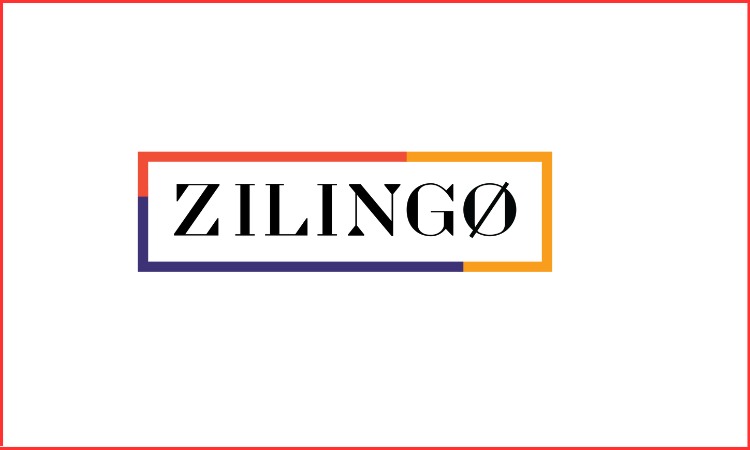
Source: Moneycontrol
Table of Contents
| S. No. | Zilingo Business Model |
| The Genesis of Zilingo | |
| Zilingo Business Model: Disruptive Strategy | |
| How Zilingo Disrupted the Fashion Supply Chain | |
| Conclusion: A Cautionary Tale for Startups | |
| FAQs |
- The Genesis of Zilingo
Zilingo was founded in 2015 by Ankiti Bose and Dhruv Kapoor to create an online marketplace for Southeast Asian fashion traders. It resulted from a stay at Bose while traveling to Bangkok’s Chatuchak market—where tens of thousands of small fashion traders with little technology experience and exposure to the market were selling their wares. She cited that such firms faced numerous barriers to growth due to limited access to electronic platforms, logistics, and working capital.
Unlike other e-commerce players with direct-selling business models to sell directly to final buyers, Zilingo sought to empower small merchants, wholesalers, and manufacturers through access to an enlarged distribution platform, supply chains, financial institutions, and intelligence on data. Zilingo operated as an enabler more than a marketplace, connecting sellers and buyers and creating a reduced-cost, more efficient, and more transparent trading system.

Source: The Straits Times
- Zilingo Business Model: Disruptive Strategy
Zilingo’s business model solved inefficiencies that had been experienced in the disaggregated fashion supply chain by providing the following critical services:
- B2B Marketplace for Fashion Merchants
Unlike other conventional e-commerce websites that ran a direct-to-consumer (D2C) business, Zilingo had a business-to-business (B2B) model that brought together fashion manufacturers, suppliers, and retailers on a single platform. Merchants used this to list products, haggle over prices, and order bulk quantities without middlemen.
The market-based framework overcame geographically based boundaries and enabled mini-retailers to cater to a bigger market. Without middlemen, Zilingo made it easier for companies to have better margins and more one-to-one exposure to buyers.
- Supply Chain Management that is Technology-Directed
The value chain of fashion in the Zilingo case is generally wasteful and decentralised, with long lead times, fluctuating demand, and clogged logistics. Zilingo utilized technology to automate logistics, inventory, and procurement. It provided advice on forecast demands, optimal stocks, and optimal fulfilment programs through data analytics, AI, and machine learning.
Zilingo’s website also streamlined vendor relationships so vendors could work out of one site from which they could monitor orders, production lifecycles, and shipping. This digital disruption allowed companies to cut operating expenses, minimize overstocking, and prevent supply chain failure.
Source: Research Gate
- SMEs Financial Services
One of the distinctive features of the Zilingo business model was the lending segment, addressing small and medium-sized businesses (SMEs) that were not accessible to capital from traditional banks. Fashion retailers small in size cannot borrow money from the banks as they lack a good credit history and need to pledge collateral.
Under financial institution agreements, Zilingo filled this void with working capital financing, credit, and supply chain finance. Through its capacity to track cash flow patterns and transaction history on its platform, Zilingo could assess the creditworthiness of suppliers and provide proportionate financial assistance. This helped small businesses diversify, invest in raw material acquisition, and achieve improved cash flows without being constrained by traditional bank structures.
(This Image is created by me)
- White-Label Manufacturing Services
Zilingo diversified into white-label manufacturing, where fashion brands could buy private-label apparel from reputable manufacturers. It is not easy for most fashion companies, particularly young ones, to set up their factories due to the need for massive capital outlay and supply chain concerns.
With Zilingo’s platform, brands could find qualified manufacturers, get products designed to order, and launch new collections for a tenth of the cost of traditional methods. The product significantly reduced the entry cost for new fashion companies and allowed them to focus on building the brand and marketing and outsourcing production to partners of trust.
- Data and Analytics for Retailers
A few critical challenges in fashion retailing include customer preference insights and restocking. Intuition-based conventional buying in stores leads to stockouts or overstocks rather than being fact-based.
Zilingo provided retailers with live real-time data, price recommendations, and inventory through its data analytics solutions. Through AI-based analytics, merchants can merchandise for highs, price it, and stock it according to reality. It prevented businesses from losses due to overstocking and maximum revenue potential.
- Facilitation of Cross-Border Trade
It is not a simple job for small fashion companies to enter foreign markets with market access barriers, exchange rate risk, and logistics complexity. Zilingo bridged the gap in cross-border trade by providing end-to-end logistics solutions, customs clearance, and cross-border payment facilitation on its platform.
Using Zilingo, traders could easily circumvent trade restrictions, simplify shipping, and get paid in foreign exchange. Such a facility allowed Southeast Asian fashion retailers to access the international market without encountering the problems associated with global trade.
3. How Zilingo Disrupted the Fashion Supply Chain
Zilingo’s disruptor strategy transformed the fashion industry’s value chain by removing core inefficiencies and allowing small businesses to operate. Multiple disruptive elements within the company’s business model transformed conventional industry practices at their root:
- B2B Marketplace for Fashion Merchants
Unlike other online platforms specializing in direct-to-consumer (D2C) business, Zilingo took a business-to-business (B2B) platform where the suppliers, manufacturers, and traders could all interact on one online platform. Through this avenue, the sellers could list their products, negotiate prices, and purchase in bulk without intermediaries’ intervention.
By eliminating intermediaries, Zilingo brought small-scale business traders directly into contact with consumers, expanding profit margins and markets. This helped businesses save money less while allowing them more management of transactions as well as interaction between producers and consumers.
- Technology-Driven Supply Chain Management
The conventional fashion value chain has been ineffective because high lead times, stock issues, and fluctuating demand have plagued it. Zilingo used technology to mechanize procurement, stock management, and shipping to enable companies to streamline their business.
By integrating artificial intelligence (AI), machine learning, and data analysis, Zilingo offered sellers demand forecasting, visibility of best stock, and optimal order fulfillment strategies. As a result of this data-driven strategy, wastage was reduced, excess inventory was eliminated, and overall supply chain efficiency improved, allowing companies to run more profitably.

Source: Sourcing Journal
- Financial Services for Small Business
The most significant problem among small fashion traders is access to working capital. Most small business firms cannot achieve a long credit history, which is the norm for traditional financial institutions. The problem was shattered by Zilingo, with new-age financial services providing loans and the proper credit facilities for small and medium business enterprises (SMEs).
With sales, inventory, and transactional data from vendors, Zilingo could determine creditworthiness and offer financing otherwise unavailable from traditional banks. This allowed businesses to invest in expansion, expand merchandise offerings, and enhance cash flow.
- Increased Transparency and Ethical Sourcing
Fashion supply chains have been targeted for weak labor morals, environmental pollution, and lack of transparency. Zilingo was set to eliminate these vices through enhanced ethical purchasing and supply chain transparency.
The platform offered technology-enabled solutions wherein brands could monitor their supply chain and maintain good ethical production practices. With a blend of blockchain and other open technologies, Zilingo helped firms authenticate materials, monitor labor practices, and eliminate unethical practices.
- Empowering Small and Independent Brands
The fashion sector has always been the playground of titans with vast resources, and it had not been easy for stand-alone brands to catch up. Zilingo’s platform helped level the field by offering manufacturing units, marketing assistance, and distribution platforms, which once belonged to the Titans, to stand-alone brands.
By revolutionizing such operations and bringing them under lower cost, Zilingo allowed small businesses to grow with reasonable efficiency at lower expense. Facilitating stand-alone brands made way for more incredible innovation and variety in the apparel industry as new and unique products could find ways to reach masses of people all over the world.
Conclusion: A Cautionary Tale for Startups
Zilingo’s boom and bust is a sour pill for the startup ecosystem to swallow, reminding us of the vast potential and the built-in risks of using technology to shake up old industries. Zilingo was at its peak when it showed how digitalization could transform the fashion supply chain so that small vendors could access financial products, data insights, and overseas markets. By cutting back on middleman dependence, fostering transparency, and democratizing access to capital, Zilingo revolutionized how small fashion firms did business in a more competitive era.
Yet the failure serves as a reminder of the need for sustainable development, wise administration, and fiscal discipline. Zilingo’s ferocious expansions into new verticals, driven by heartless money-burning and suspected fiscal wrongdoings, finally signed the company’s death warrant. Poor governance from the inside and investor trust lost even earlier accelerated the decline of the business, a ruthless reminder that a cutting technological edge is never a promise to lead an adventure to success—good leadership and ethically proper management of finance are equally paramount.
To market disruptors and entrepreneurs, the Zilingo narrative is a delicacy of growing a tech venture. While its business model revolutionized the fashion industry, a lack of strategic fiscal management and integrity of governance spelled its doom. Future startups venturing to shake up established markets must emphasize innovation, long-term fiscal sustainability, transparency, and ethical leadership.
The narrative of Zilingo gives investors and entrepreneurs alike the lessons of a greater appreciation of the kind of disruption innovation, scale challenges of emerging economies, and governance in enabling enduring prosperity. The narrative of Zilingo is not a warning story but a blueprint for budding change-makers who are determined to develop the next generation of industry-disruptive solutions.
FAQs
- In what ways did Zilingo disrupt the traditional fashion supply chain?
Zilingo made supply chain functions legitimate through technology, eliminated intermediaries, extended credit to small and medium-sized enterprises, and provided transparency and ethically sourced products.
- Why did Zilingo Fail?
Despite commencing on a high, Zilingo also suffered from poor governance, poor money management, and lost investor confidence, all leading to its failure.
- Did any footprint left in the fashion industry Zilingo?
Yes, Zilingo enabled a platform through which new means of running small businesses on the cheap were enabled, and this encouraged other technology-facilitated innovation throughout the fashion supply chain.
- What can the failure of Zilingo teach us?
Startups need to remain open to money, remain ethical in leaders, and scale responsibly, using technology to disrupt.
